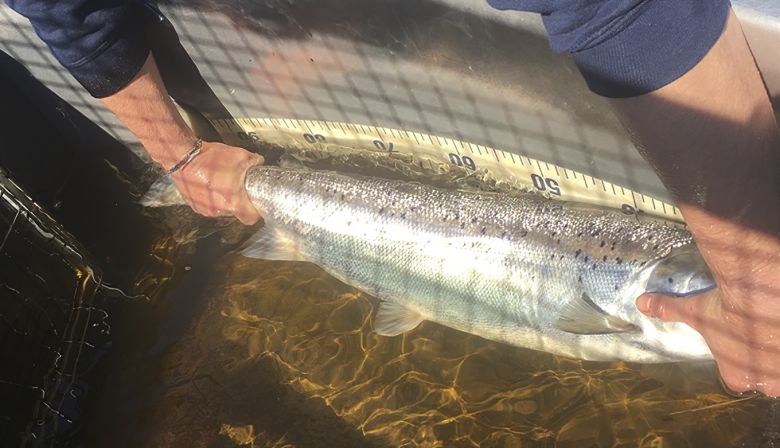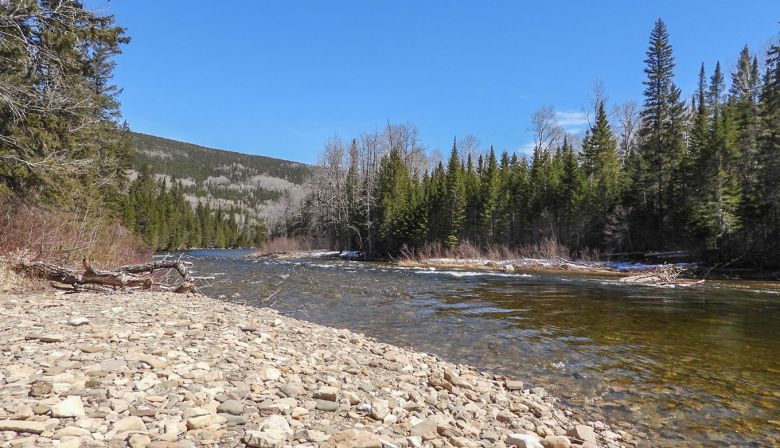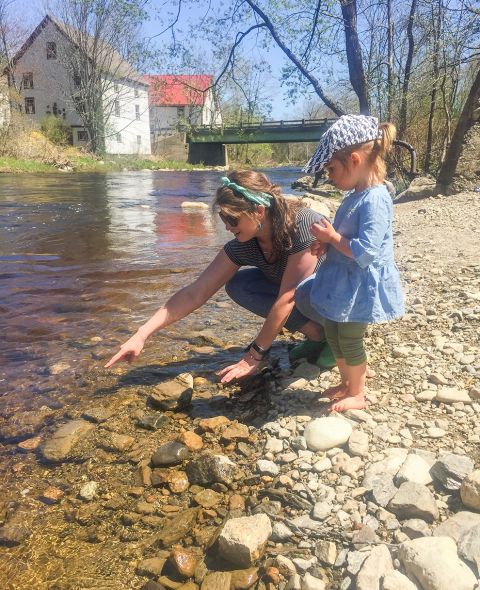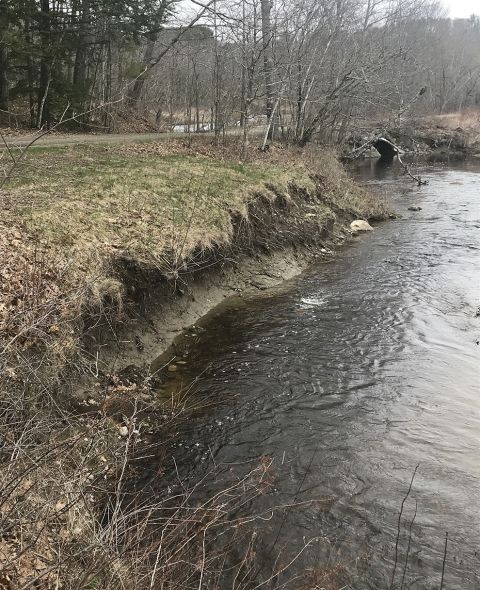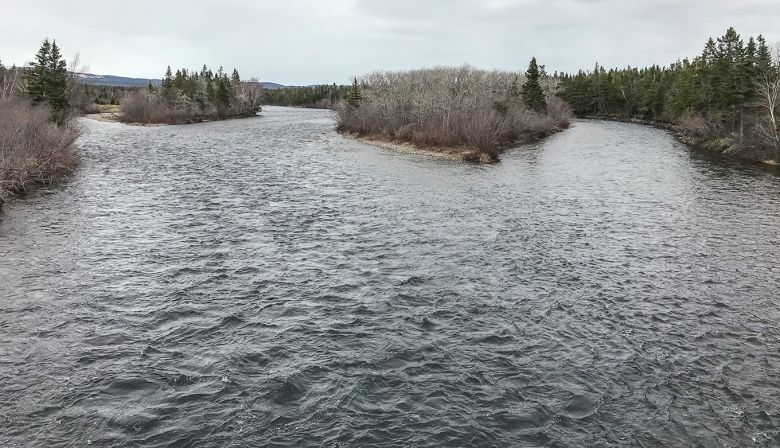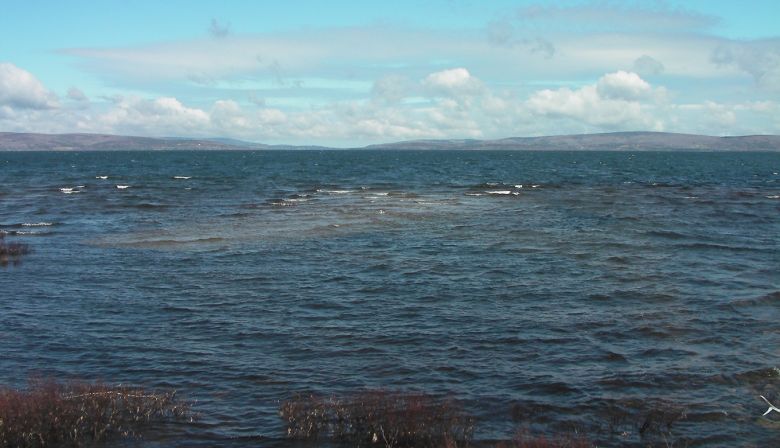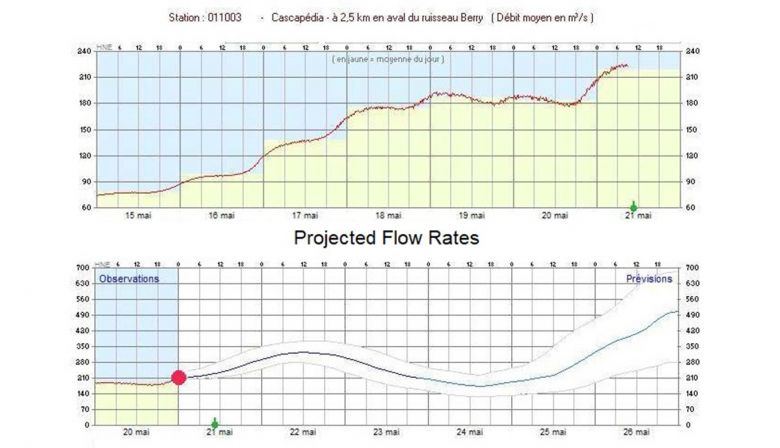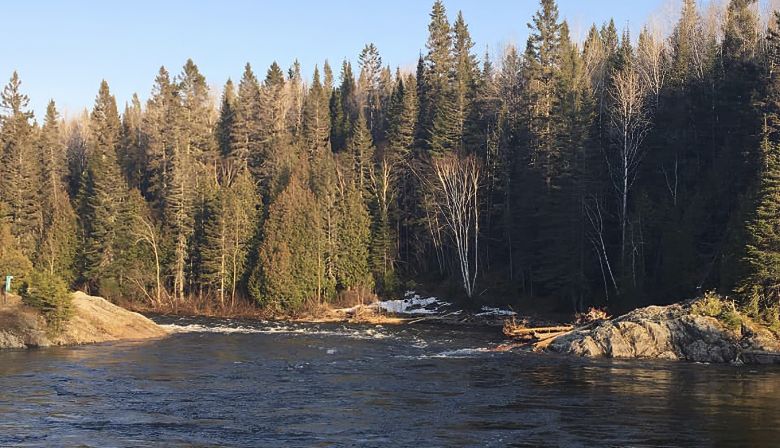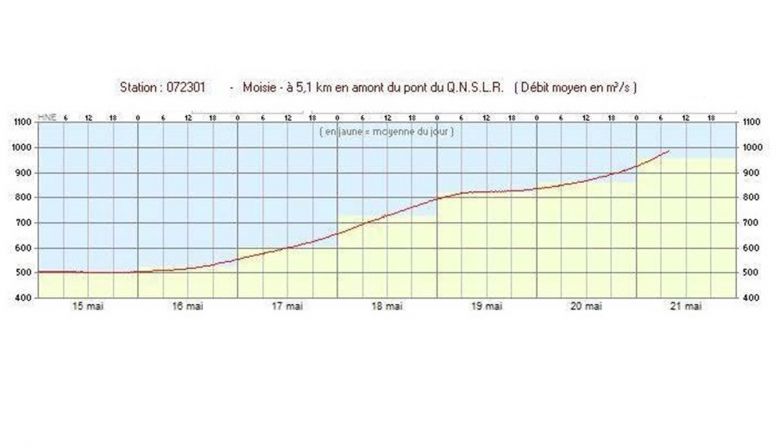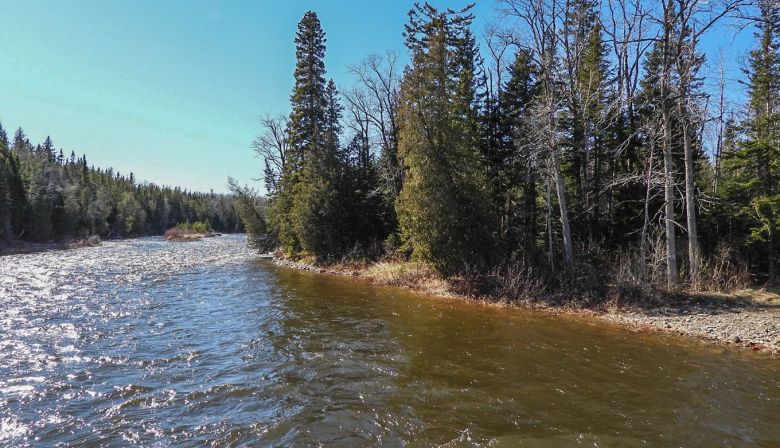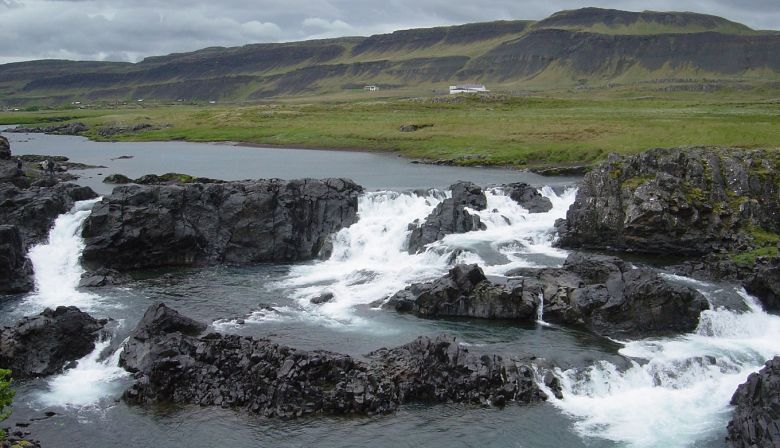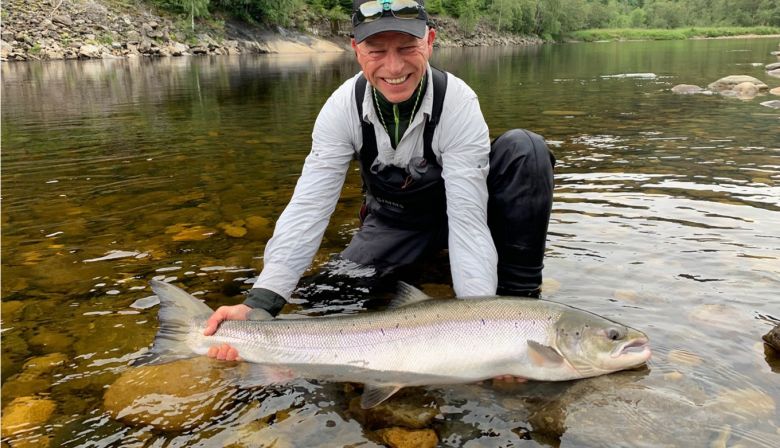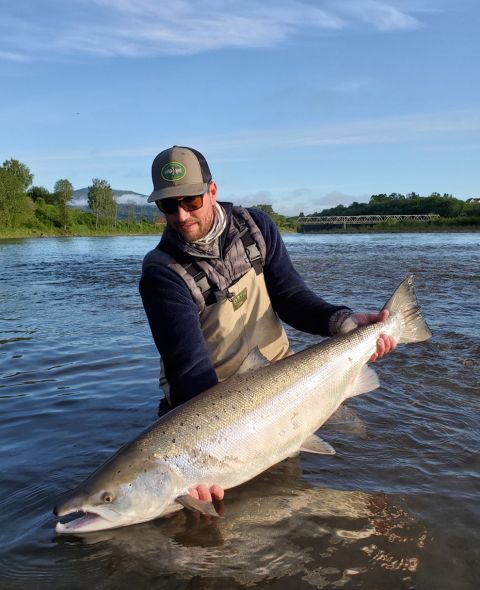“That being said, there is a chance, pending an improved situation in regards to the Corona pandemic and its containment, that Norway opens up to U.S. and Canadian anglers earlier than August 20th.
“If that is the case, we will reconsider to open the NFC lodge, and offer special deals, packages, and tailor made solutions to anyone interested in coming from the US or other international destinations.
“In regards to the fishing, with one of the largest snowpacks in mid-Norway for the last 10+ years, and with snow still on the ground in the valley, and low temps, the spring flooding has not even begun to commence.
“This is a perfect scenario for the Gaula, which is one of the last unregulated salmon rivers in Norway. This snow pack will most likely sustain the water levels well into July, and with some rain, we should have ideal water levels throughout the season.
“In terms of fish returns, following the last two seasons with good amounts of medium sized salmon in the 12-20lb. range, and quite a few in the 20-30lb. range, and even a few large MSW salmon over 40 lbs. we are expecting a good run of MSW salmon this season.
“This coupled with the advantageous weather/snow conditions, we expect, (unfortunately for foreign anglers who will miss it), a quite fruitful season with a strong return of fish.”
